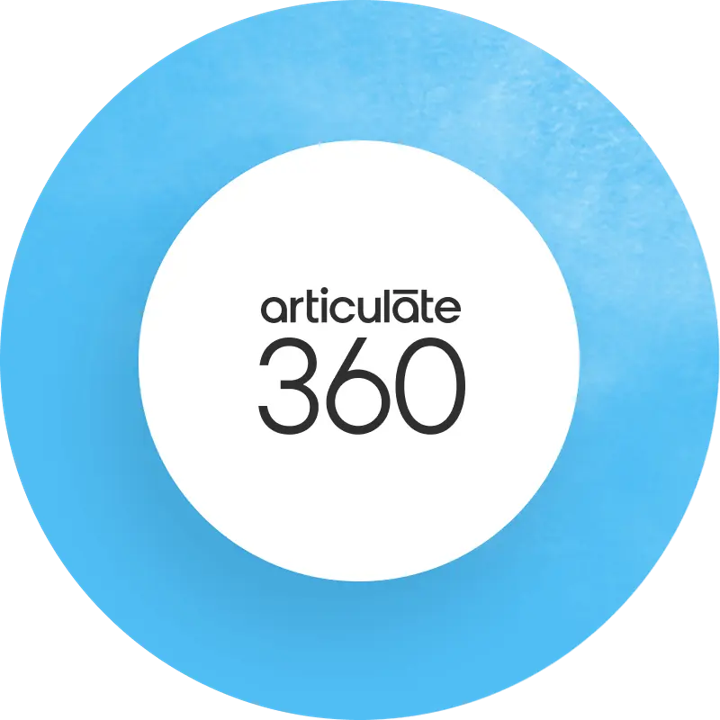The “Agile Professional Design Plan” is a comprehensive instructional design project aimed at enhancing agility skills in professionals. It utilizes Articulate Storyline for an immersive training module incorporating interactive assessments, scenario-based learning, and a variety of instructional strategies. The project is structured around key agility components, decision-making simulations, and personal development planning, supported by SME contributions. It emphasizes the importance of agility in the modern workplace through various learning activities, including video introductions, case studies, and reflective practices, aiming for measurable learning outcomes related to agility, flexibility, and resilience.
Introduction to Agility
The journey begins with a video introduction that draws an analogy between the resilience of a tenacious pine thriving against the odds and the agility required in the professional realm. This metaphor sets the stage for the training, emphasizing the growth competencies essential for navigating the Career Essentials program.
Personal Agility Assessment
Learners embark on their agility enhancement journey with a personal agility assessment. This self-evaluation tool measures collaboration, risk-taking, decision-making, and awareness, preparing participants to devise a comprehensive personal agility plan. It serves as a reflective mirror, allowing learners to gauge their agility quotient and identify areas for development.
Core Learning Modules
The instructional content is meticulously designed to cover vital aspects of professional agility:
- Resilience, Flexibility, and Adaptability Presentation: This segment offers insights into developing a growth mindset, practical self-care techniques, and the significance of resilience in adapting to challenges. Interactive activities encourage learners to apply these concepts to real-life scenarios, fostering a deeper understanding and integration of agility principles.
- Agility TEDx and Scenario-Based Decisions: A TEDx presentation on enterprise agility equips learners with knowledge on key principles of agility, emphasizing adaptability, teamwork, and personal accountability. This is complemented by scenario-based decisions that challenge learners to apply agile decision-making in various contexts, reinforcing the learning objectives through practical application.
- Case Studies and Branching Scenarios: Real-world case studies, such as the Blockbuster vs. Netflix scenario, illustrate the consequences of failing to adapt to digital disruption. These case studies, alongside branching scenarios, are designed to enhance critical thinking and apply agility, flexibility, and resilience strategies in professional settings. Learners engage with interactive narratives requiring agile responses to ensure project success and team alignment in virtual office contexts.
Reflection and Personal Development Plan
The training culminates with a call to action, urging learners to reflect on their agility levels and readiness for change. Drawing insights from the case studies and learning modules, participants outline personal development plans. These plans include short-term and long-term goals for enhancing agility, identifying necessary skills and knowledge, and devising actionable steps to achieve these objectives.
This comprehensive approach to learning not only imparts agility principles but also ensures learners can practically apply these insights to enhance their professional development and adaptability in a dynamic business environment.



